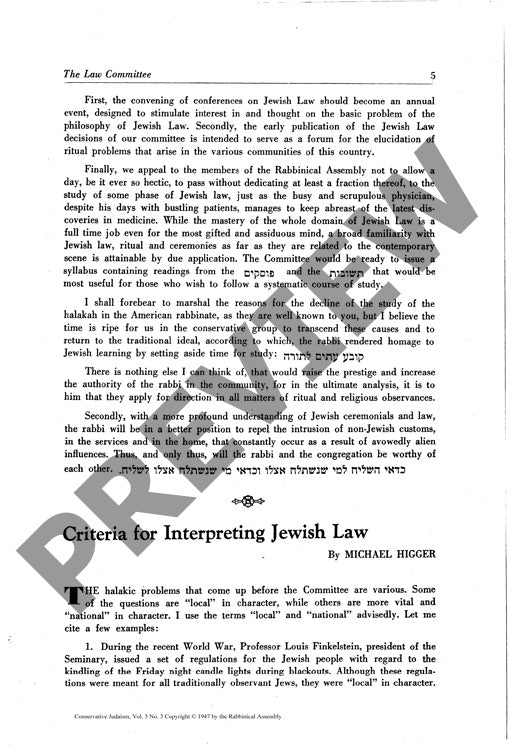Criteria for Interpreting Jewish Law
Couldn't load pickup availability
When Jewish law meets modern life, how should religious authorities adapt ancient principles while preserving tradition? The Conservative movement's Law Committee navigates this challenge through a systematic framework that distinguishes between "local" and "national" religious questions based on their impact on Jewish unity. Through historical case analysis of wartime religious observance and marriage law complications, forty-three interpretive criteria emerge that chart a middle path between Orthodox strict adherence and liberal abandonment of traditional law. While recognizing fundamental Biblical and Talmudic laws as normative, the Committee advocates for careful historical examination and contextual adjustment to contemporary conditions. This approach traces back to classical Talmudic precedents, particularly the democratic tradition of scholarly disagreement within accepted parameters, as exemplified by the case of R. Eliezer b. Horkenas. Conservative halakic interpretation ultimately differs from Orthodox approaches in its willingness to re-examine established laws through successive scholarly inquiry, following the original Talmudic model of legal development rather than treating later codifications as immutable.

More Information
-
Physical Description
-
Publication Information
Published 1947
ISBN
-
Publication Credits
Michael Higger

